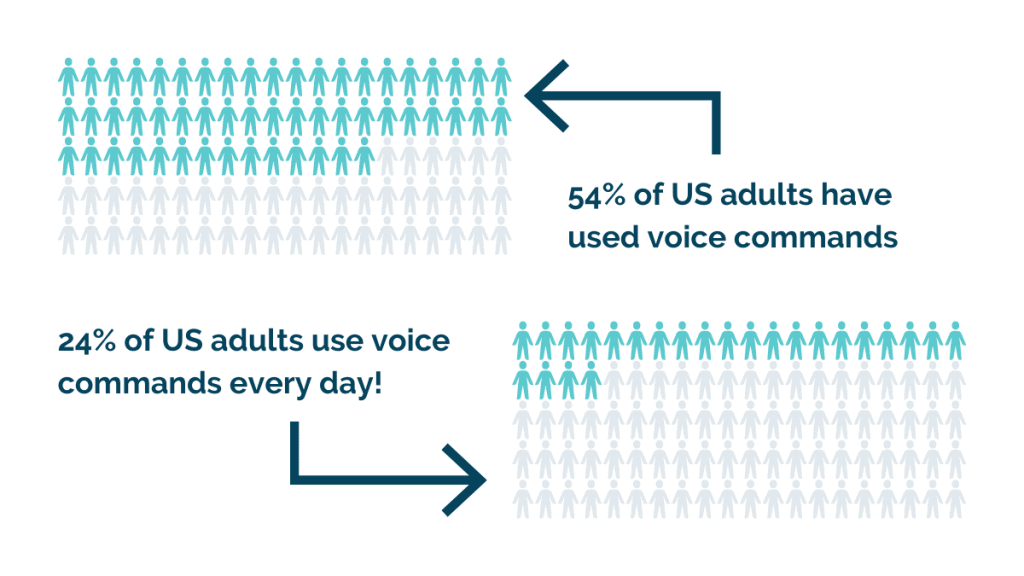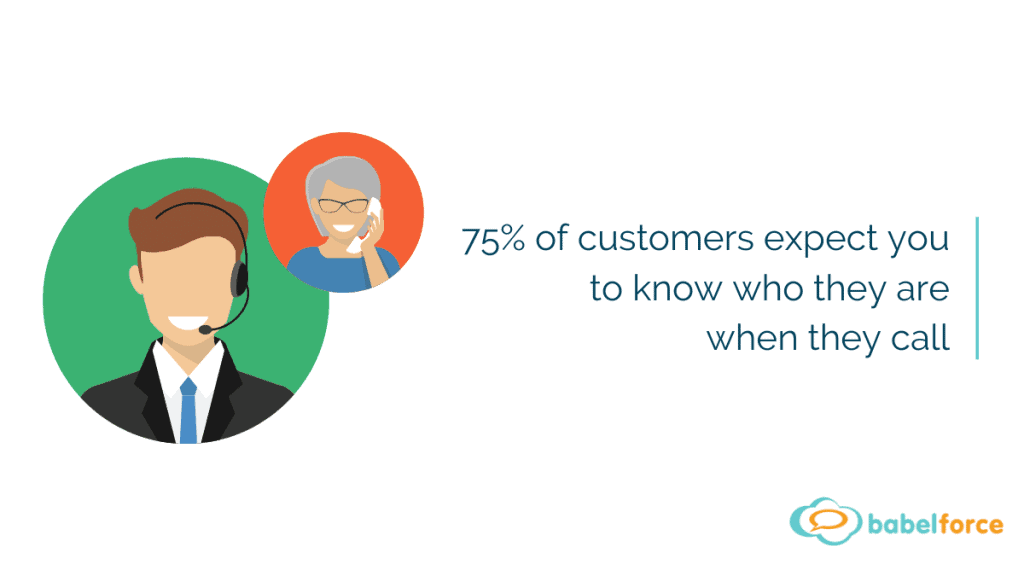Virtual assistants have brought conversational AI from science fiction into our homes and pockets. Most of us now have experience with the technology, and many people use it every day.
As people get used to interacting with bots, it’s no surprise that businesses are exploring ways to use conversational AI to improve their service.
And it’s even less surprising that – as the place where customer conversations happen – much of the innovation is happening in contact centers.
What is conversational AI?
Conversational AI refers to the technologies that enable people to talk to machines. It understands what people say and then formulates a response based on this input.
Most people are familiar with conversational AI due to voice assistants like Alexa and Siri. But it also plays a vital role in customer service via chatbots and Interactive Voice Response (IVR) systems.
Sounds useful, but how does it work?
Conversational AI takes language input, deciphers its meaning, and then generates a suitable response.
Natural Language Processing (NLP) powers this process. It’s what turns the language into a form of data that machines can read.
NLP consists of two main parts:
- Natural Language Understanding (NLU) deciphers what was said and establishes the meaning of the words. It’s what helps the technology distinguish between similar sentences with different meanings. For example, “I’d like to check my reservation” vs. “I’d like to make a reservation.”
- Natural Language Generation (NLG) uses this to generate a suitable response. Early conversational platforms had a pre-programmed set of responses. But NLG means conversational AI can create individual responses relevant to the request.
To be effective, NLP needs to understand a variety of inputs.
It should be able to comprehend different accents and decipher meaning even when grammar structures aren’t used correctly (which is often the case when people talk!)
Machine learning helps by using the data input to continually train the algorithm. Every time conversational AI interacts with a human, machine learning means it improves its ability to understand the language and generate a suitable response.

Hey, Alexa, why should my business use conversational AI?
Businesses (and customers) benefit from using chatbots or IVRs with conversational AI in many ways.
Here are some of them:
- Cost: Conversational AI solves customer queries instead of customer service teams. This can result in a considerable saving as it costs far less to solve a ticket with self-service support than with an agent.
- Scaling: Conversational AI helps businesses deal with more tickets than they would otherwise be able to. This helps businesses to scale with demand.
- Speed: There’s no waiting on hold when dealing with an AI. Customers get answers faster than they would without it.
- 24-hour service: Conversational AI doesn’t need a break. It can respond to queries all day and night, even when your team is off.
- Customer preference: Many customers prefer to use self-service support options like those powered by conversational AI over speaking to an agent.
- Better customer experience: Fast, always-on customer service improves the customer experience. You just need to make staff available for when AI can’t solve the issue.
Our case study on Delta Air Lines explores these benefits in more detail and shows how conversational AI saves them $5million every year.
Interactive Voice Response (IVR) systems are key
The most common use of conversational AI in contact centers is in Interactive Voice Response (IVR) systems.
Traditionally, IVRs were clunky systems that listed options and required customers to select one by pushing a number.
They got the job done. But using them was a slow process that created a frustrating customer experience (especially if your IVR had multiple steps with options that were irrelevant to the user’s issue).
IVRs with conversational AI (also known as IVR voicebots or conversational IVR) have removed this problem.
They use conversational AI to understand speech and then formulate responses based on this input. Customers simply state their problem and wait for a reply, rather than working their way through endless lists.
These systems help in two ways. They either solve the customer problem entirely or improve how the system routes the caller to an agent.
Here’s how each of these scenarios plays out.
Conversational AI deals with the entire customer call
The ideal scenario is that conversational IVRs deal with the customer issue from beginning to end. The customer states the problem, and the IVR solves it.
This is beneficial for both the customer and the business.
- Customers get a fast answer to their question – there’s no waiting on hold for an agent to become available.
- By deflecting support tickets, customer support teams have to deal with fewer queries.
No conversational AI can deal with all the possible customer issues – at least not currently.
These tools are used for common, easy-to-solve requests like providing updates about bookings or deliveries. They can also point customers to other resources or help channels.
Conversational IVR systems benefit from integration with your other tools.
For example, hooking your IVR up with your CRM means when a customer calls on a known phone number, the IVR can automatically access their data. It can then provide information like upcoming reservations or purchase history.


Conversational AI to improve routing
While you’ll still need agents for many customer tickets, conversational AI can nonetheless help in these situations. Namely, by understanding the reason for the call, collecting information, and then routing it to the right team.
Conversational AI is better than traditional IVRs at routing calls because it can effectively establish customer intent.
This means that when the customer gets through to an agent:
- They are more likely to be speaking to the correct person.
- The agent has access to more data about why the customer is calling.
This is important because 75% of customers expect agents to know who they are when they answer a call.
Better routing ultimately benefits both the customer and the business. The customer gets a better experience with fewer transfers between departments and shorter handling times.
The business benefits from improved first contact resolution, shorter calls, fewer transfers, and increased agent availability.
It all comes down to automation
Ultimately, conversational AI helps because it is a powerful form of automation.
It enables your business to solve customer queries without your team getting involved. You can resolve more tickets with the same resources.





